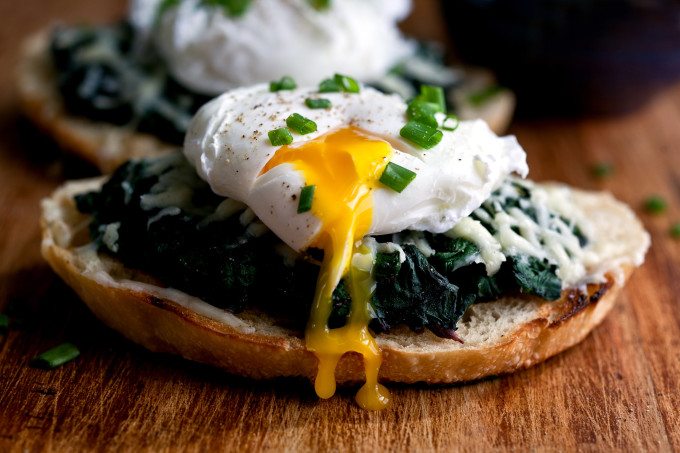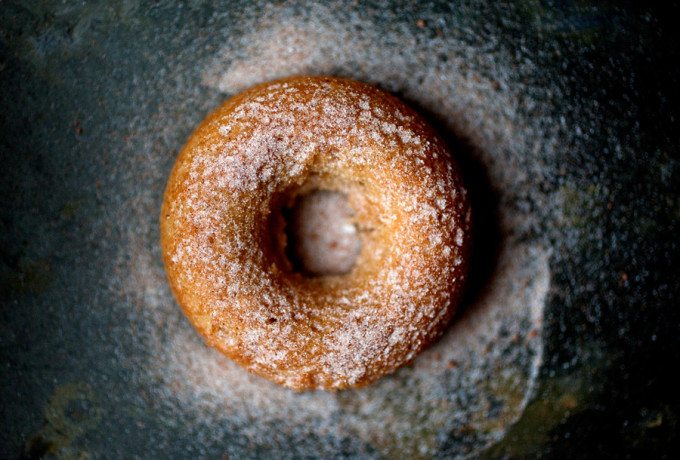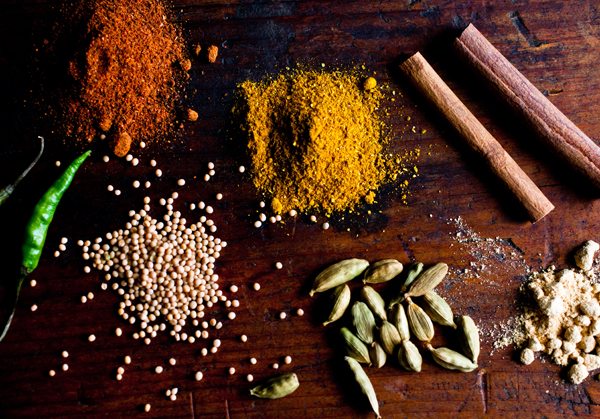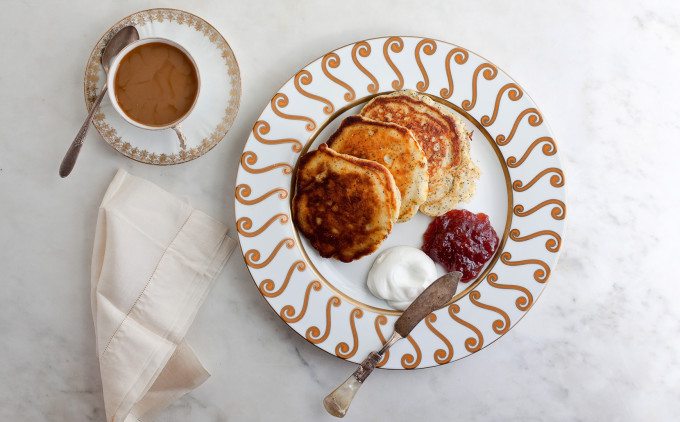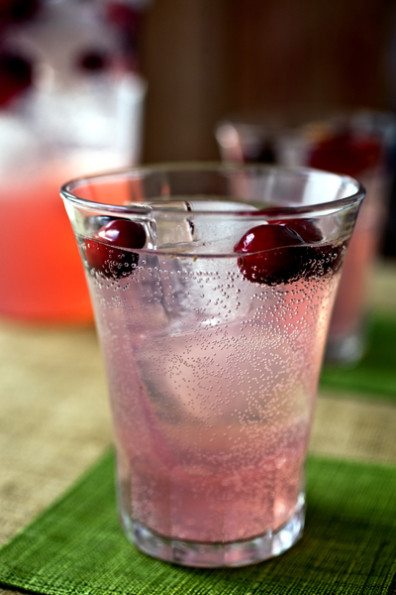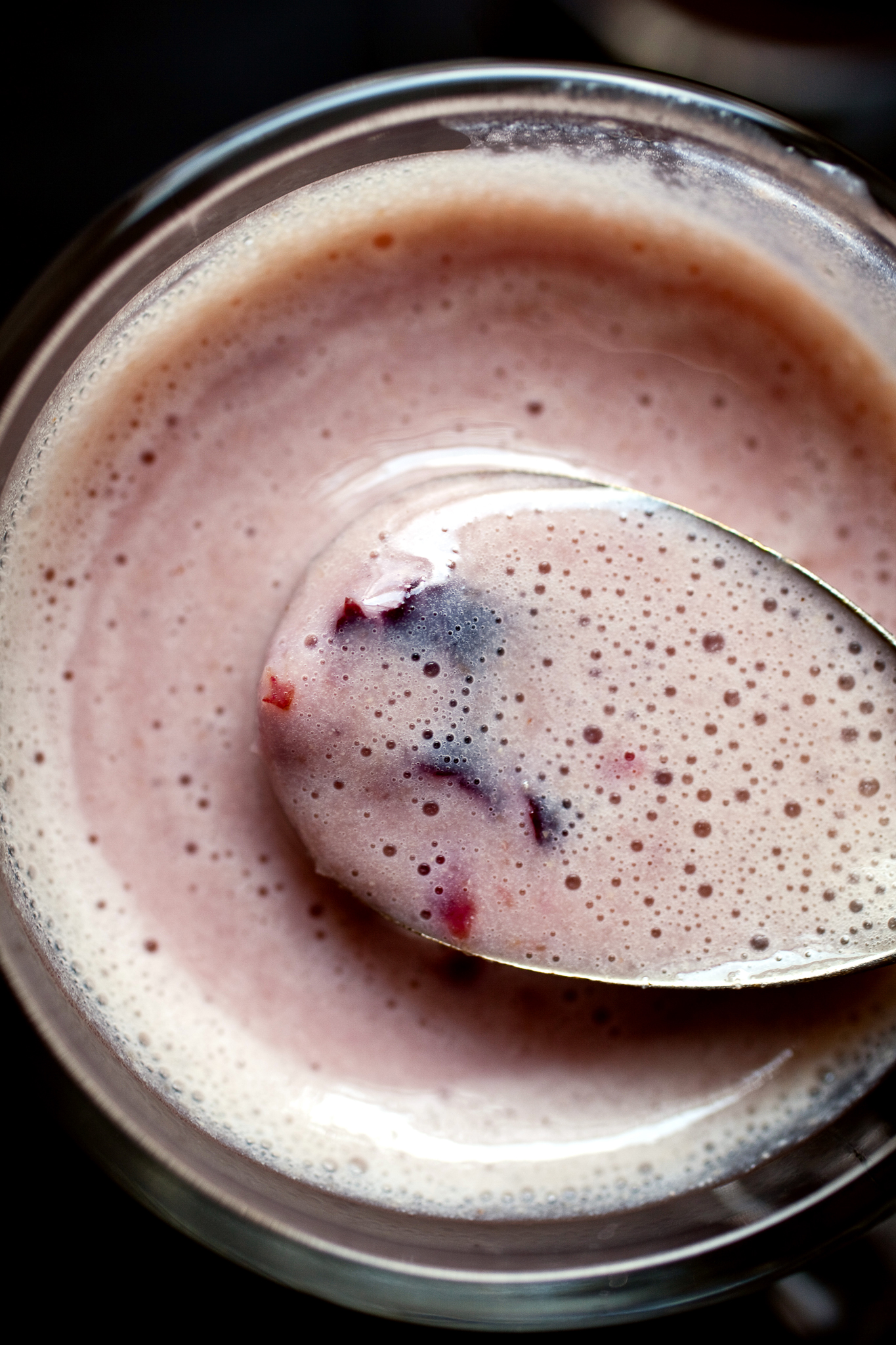Last Updated on 07/19/2013 by Chris Gampat
All photos by Andrew Scrivani
The secret behind getting the perfect food photo has to do with loads more than just lighting–it also has to do with getting the moment just right. Andrew Scrivani is based right here in New York and is a freelance commercial and editorial photographer, food stylist & writer. His work has graced magazines and newspapers worldwide including The New York Times, Eating Well Magazine, La Cucina Italiana, The Wall Street Journal and Newsweek.
We found a couple of minutes in between enjoying some epic noms to chat with Andrew about his work.
BY THE WAY: Right now on creativeLIVE, Andrew is teaching a free online food photography course. All weekend long (12 -7PM EST), Andrew will be going through the basics of recipe selection, food prep, and prop styling. Plus, food blogger Shauna Ahern (of Gluten Free Girl blog and book fame) will join Andrew to chat about food blogging, recipe writing, and how you can use photography to make a beautiful blog that will grow your audience.
Phoblographer: How did you first get into shooting food photos and what made you want to do it professionally?
Andrew: I’ve been involved in the industry, or people who work in the industry, since college. Later on, an editor who knew that I was a decent cook, asked me if I could help him on a crunchtime assignment. He asked me if I could “cook it and shoot it.” I didn’t know what else to tell him so I said, “sure.” As it turned out, that article was published in the NY Times about ten years ago.
So yes, you could say I am very lucky. My first ever pro food photography photoshoot ended up in the biggest newspaper in the world. The Times gave me more opportunities and I kept delivering.
Phoblographer: How important do you think specular highlights are in food photography?
Andrew: They are what makes an ordinary image extraordinary. Highlights and shadows are the hallmark of good photography, especially good food photography. You need to manage them to create images that are special. So to answer your question, they are absolutely essential.
Phoblographer: Your photos look like they involve lots of natural light. Are you a chaser of the light or a creative strobist that makes it look natural and why do you choose that method?
Andrew: You could say I am a chaser of light. I, like most professional food photographers, use natural light almost exclusively. Last night, I was sitting in my kitchen around 8 PM and there was still plenty of window light. It’s the best light and it’s easy to access. Making food natural is a big part of the job, but natural light is the best way to do that.
Phoblographer: What’s in your gear bag these days?
Andrew: I use Canon cameras. I have a few macro lenses. I have a 50mm (Canon and Zeiss) and a Canon 100mm macro lens. I rarely deviate off those. If I do, I use a 35mm f1.4 L Canon. I also carry a light meter, light diffusion and a few redirection tools. That’s the essentials, really. I shoot a lot in my home studio using window light and I hand-hold about 60% of the time. I own thousands of props and I do own strobes and plenty of reflectors, but my Canon camera and macro lenses are my bread and butter.
Phoblographer: When it comes to food, do you hold to the philosophy that the closer you get, the better? Or do you believe that it should try to mimic the human perspective?
Andrew: I really try and give a perspective on food that is completely untraditional. We usually see food from a seated position about 2-3 feet away. We call it the diner’s perspective. This is a valid approach but you also need to do more around the plate to find interesting visuals outside of this view. We can all relate with the diner’s POV, but when you step outside of that view, you can get some special results.
Phoblographer: What is the most memorable shoot that you’ve had involving food?
Andrew: There have been quite a few. I once shot the animatics for a Red Lobster commercial. We shut down the whole Times Sq. Red Lobster just for the shoot. The stills that I took became the storyboard for the full commercial. I loved how my photos translated and brought an entire story to life. It was a unique opportunity.
Phoblographer: You also do a bang up job photographing drinks. What are your secrets to getting rid of reflections and glare in glasses?
Andrew: There is a trick to deadening the light. It’s not really a food photographer’s skill, it’s a still life photographer’s skill. Early on, I wasn’t that great at this particular skill so I actually went back to school to learn how to master it. The key is finding where the hot spots are and then using your black cards and reflector cards to deaden hot flares and other elements that take away from the subject.
You also need to keep in mind that most commercial ads are made using CGI’s or composite images. I try not to use anything that isn’t drinkable/edible. Honestly, a spray bottle, a smooth glass, and a freezer are your best friends while photographing drinks. Glass selection is key.
Please Support The Phoblographer
We love to bring you guys the latest and greatest news and gear related stuff. However, we can’t keep doing that unless we have your continued support. If you would like to purchase any of the items mentioned, please do so by clicking our links first and then purchasing the items as we then get a small portion of the sale to help run the website.


